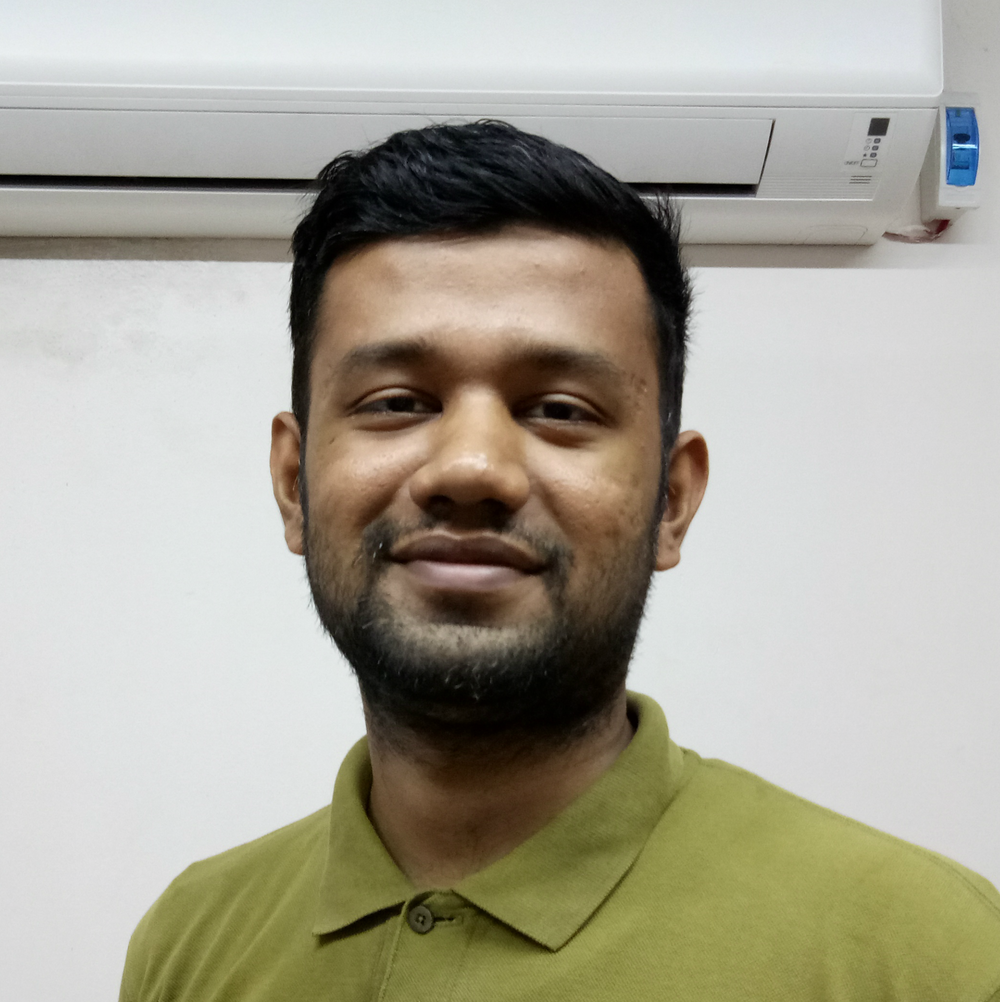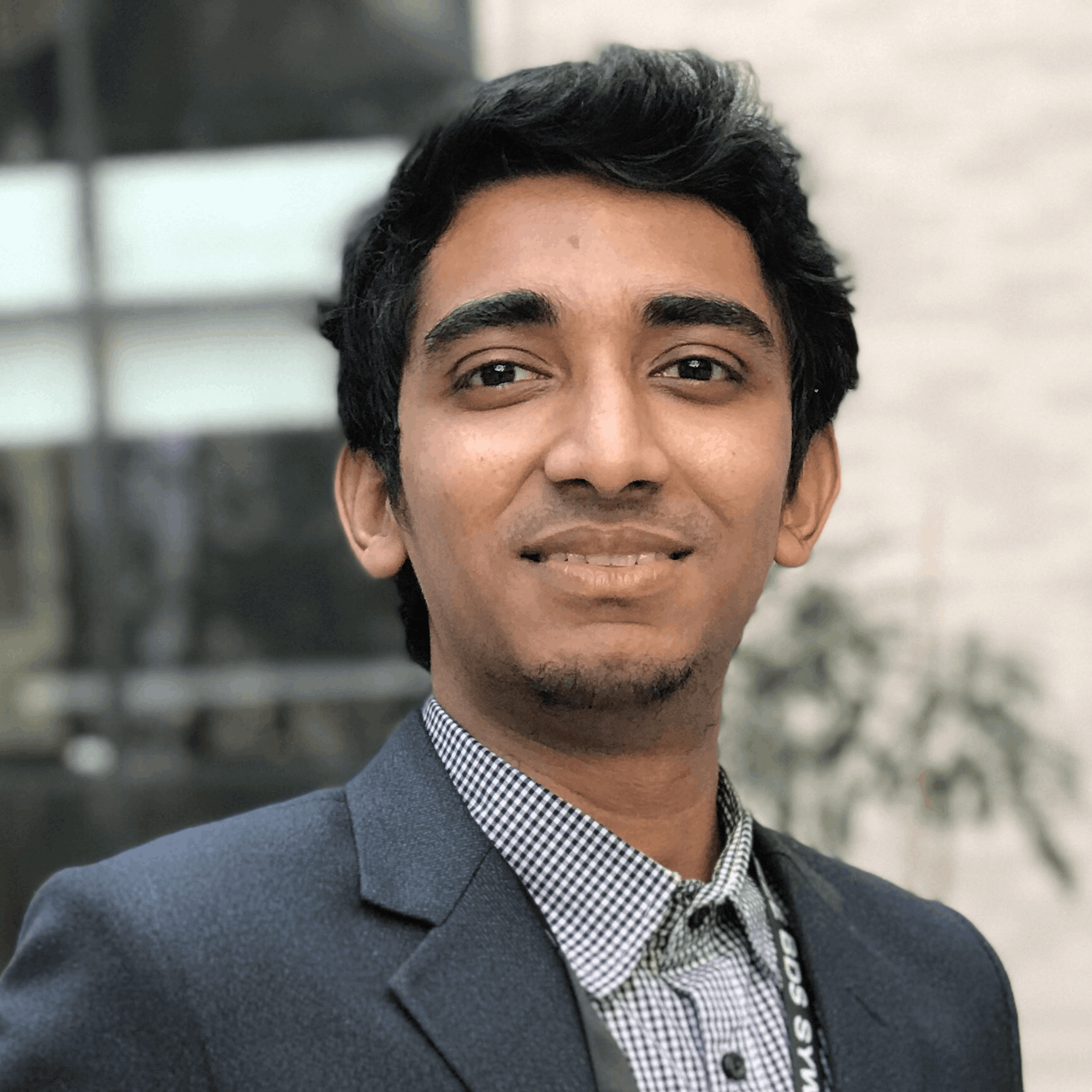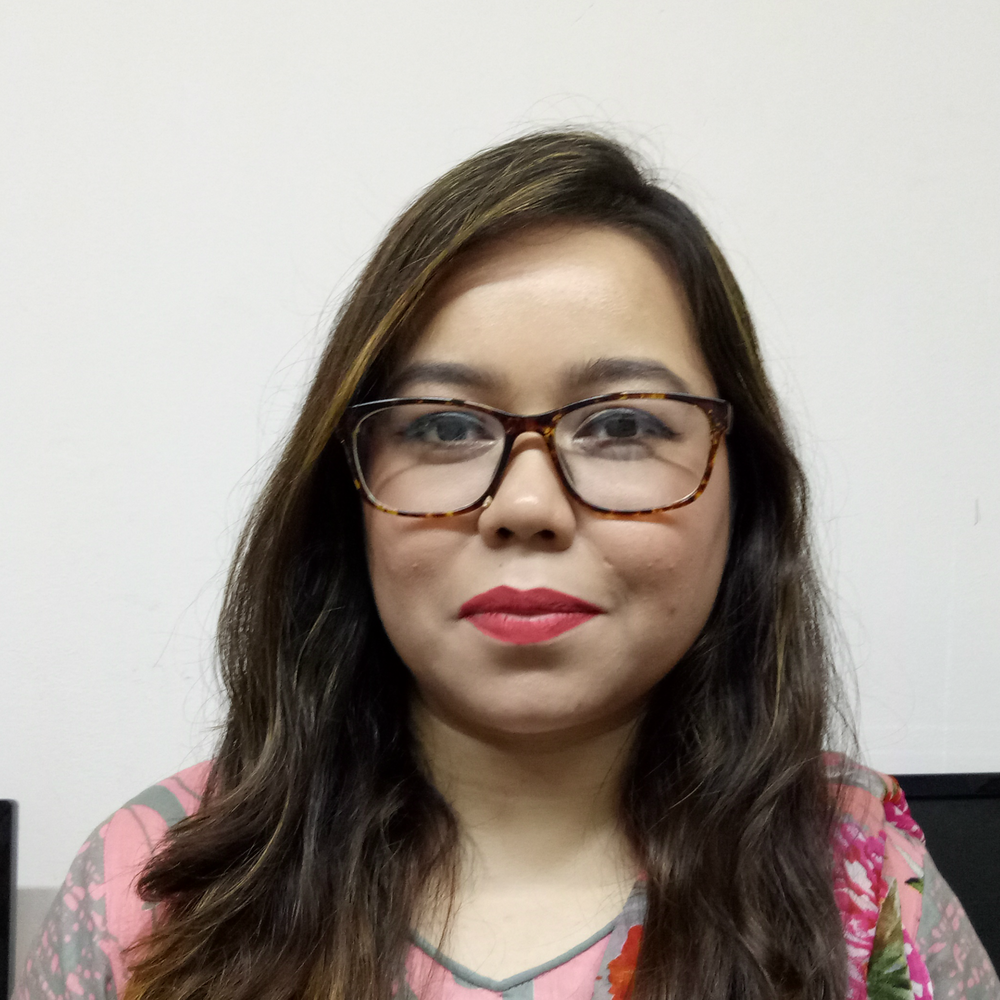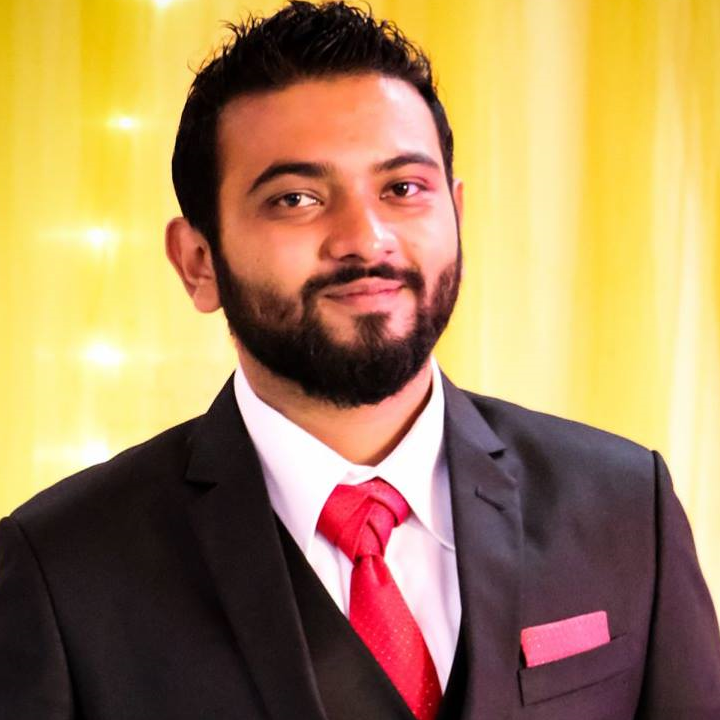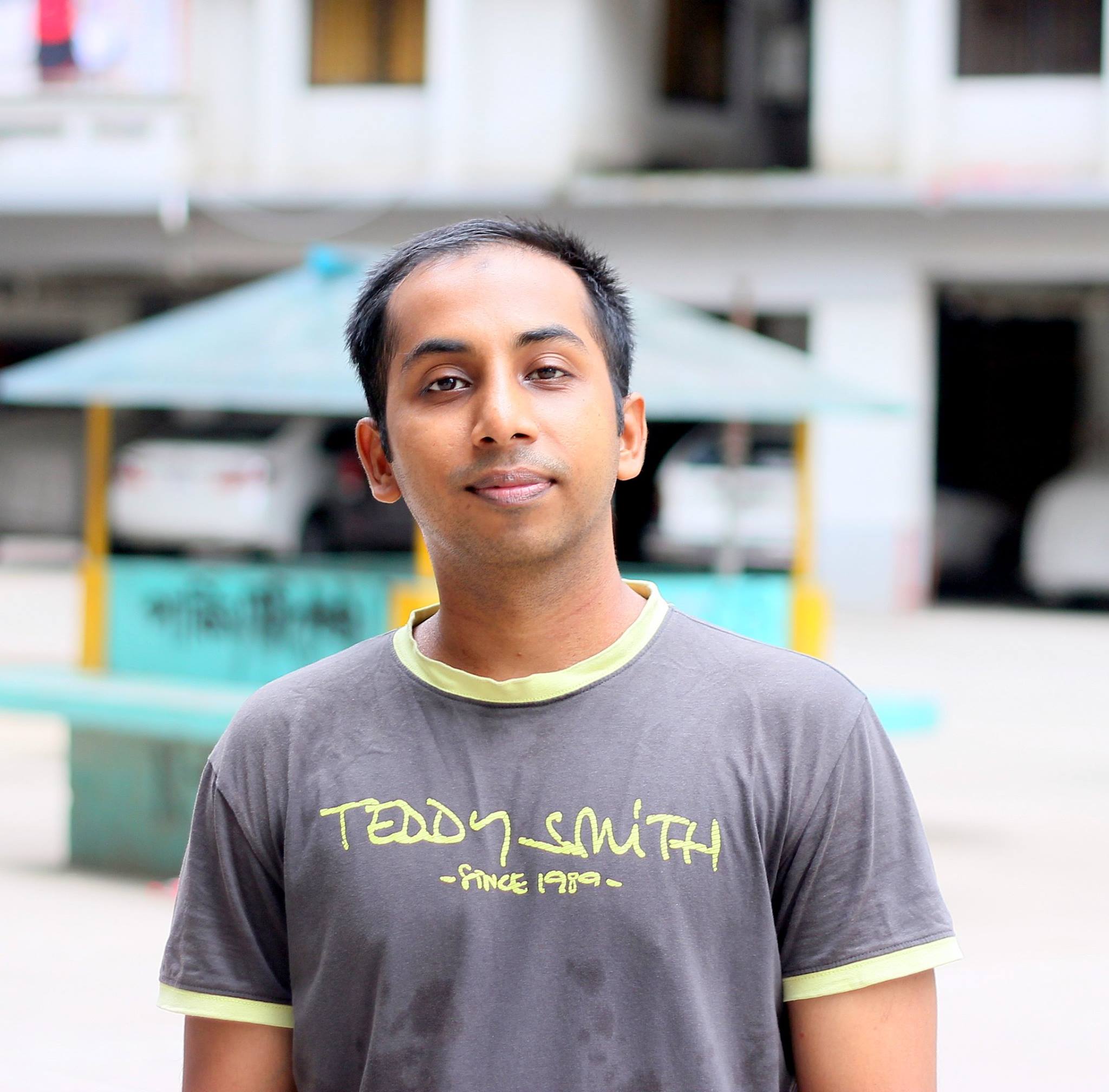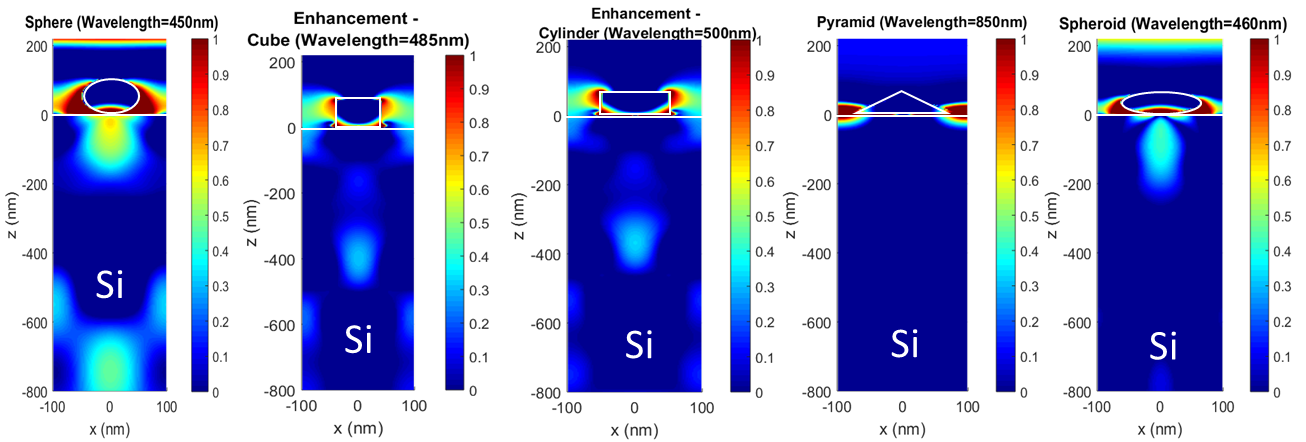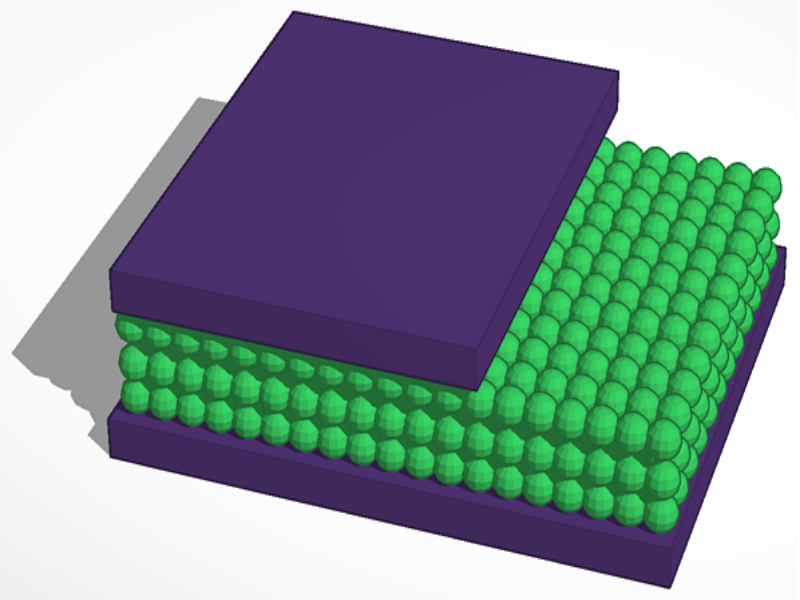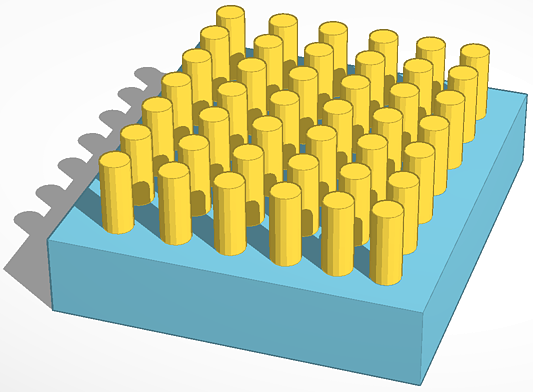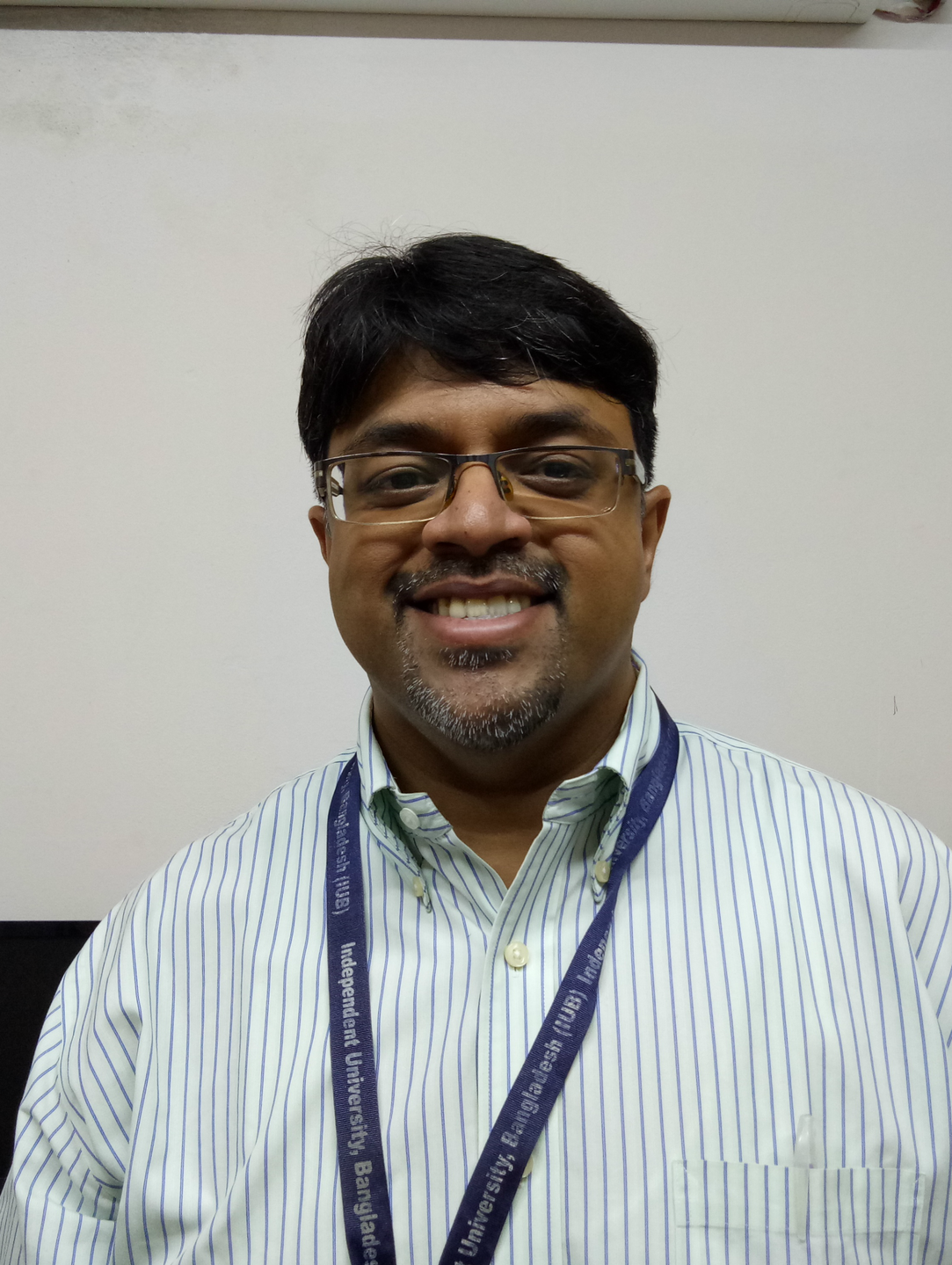
Dr. Mustafa Habib Chowdhury
Assistant Professor, Dept. of EEE, IUB
Dr. Chowdhury is an Assistant Professor in the Department of Electrical & Electronic Engineering at Independent University, Bangladesh (IUB) and joined IUB in April 2015. Dr. Chowdhury received his Ph.D. in Biomedical Engineering from Texas A&M University (USA) in 2005 where his doctoral research dealt with the application of Surface Enhanced Raman Spectroscopy (SERS) for biosensor development. Dr. Chowdhury did extensive postdoctoral research at the Medical School of the University of Maryland (USA) working on the field of plasmonics and its application to biosensing from 2005-2011. Dr. Chowdhury received his M.Sc. in Electrical Engineering from California State University Long Beach (USA) and his B.Sc. in Electrical Engineering from Purdue University (USA). Dr. Chowdhury has co-authored 27 peer-reviewed journal publications, 15 of which he was the lead author. He has also co-authored numerous conference proceedings and has co-authored two book chapters. Dr. Chowdhury has served as a reviewer for a number of peer-reviewed journals and also was a guest editor for a special issue of the peer-reviewed journal Plasmonics. Additionally, Dr. Chowdhury is a co-inventor in a US patent based on developing a novel technique for super-resolution microscopy.
At IUB, Dr. Chowdhury is the founder and director of the Photonics Simulation Laboratory (PSL) where extensive research is being performed to explore ways to enhance the energy conversion efficiency in thin-film Si solar cells using plasmonic metal nanoparticles placed both on top of the Si surface, within the Si substrate, and in other configurations. The research at PSL uses high performance licensed software such as FDTD Solutions and DEVICE from Lumerical Solutions, Inc. Dr. Chowdhury currently supervises the research of one M.Sc. student and three B.Sc. students from the EEE Dept. at IUB and has supervised the authorship of five IEEE co-sponsored conference proceedings and is also currently drafting a peer-reviewed journal paper based entirely on the research done at PSL. Additionally, Dr. Chowdhury has established ongoing and active scientific collaborations between the PSL at IUB and Dr. Stephen Gray from Argonne National Laboratory in Argonne, Illinois USA and Prof. Naushad Amin from the National University of Malaysia. As of July 2017, Dr. Chowdhury has 2002 citations on Google Scholar, which is the highest number of citations in the School of Engineering and Computer Science (SECS) at IUB.
Dr. Chowdhury also has extensive experience in the field of Intellectual Property (IP) law, where he worked as a Patent Technical Specialist in leading IP law firms in the greater Washington DC area from 2012-2015.Dr. Chowdhury’s work primarily involved the preparation and prosecution of provisional and non-provisional US patent applications in the areas of computer software, wireless communications, cryptography, optical sensors, optical microscopy, semiconductor devices, biosensors, biomedical devices, and nanotechnology.

